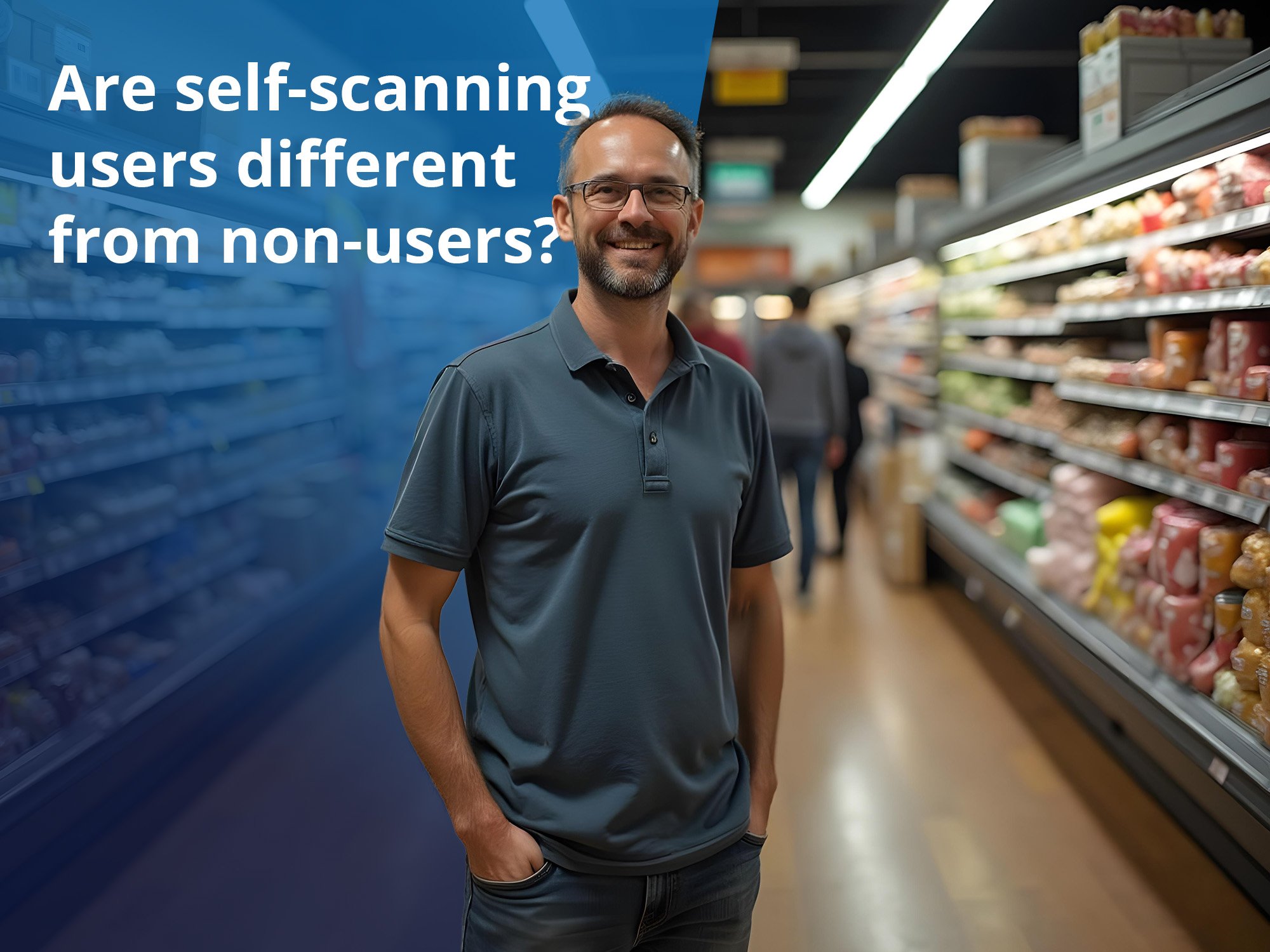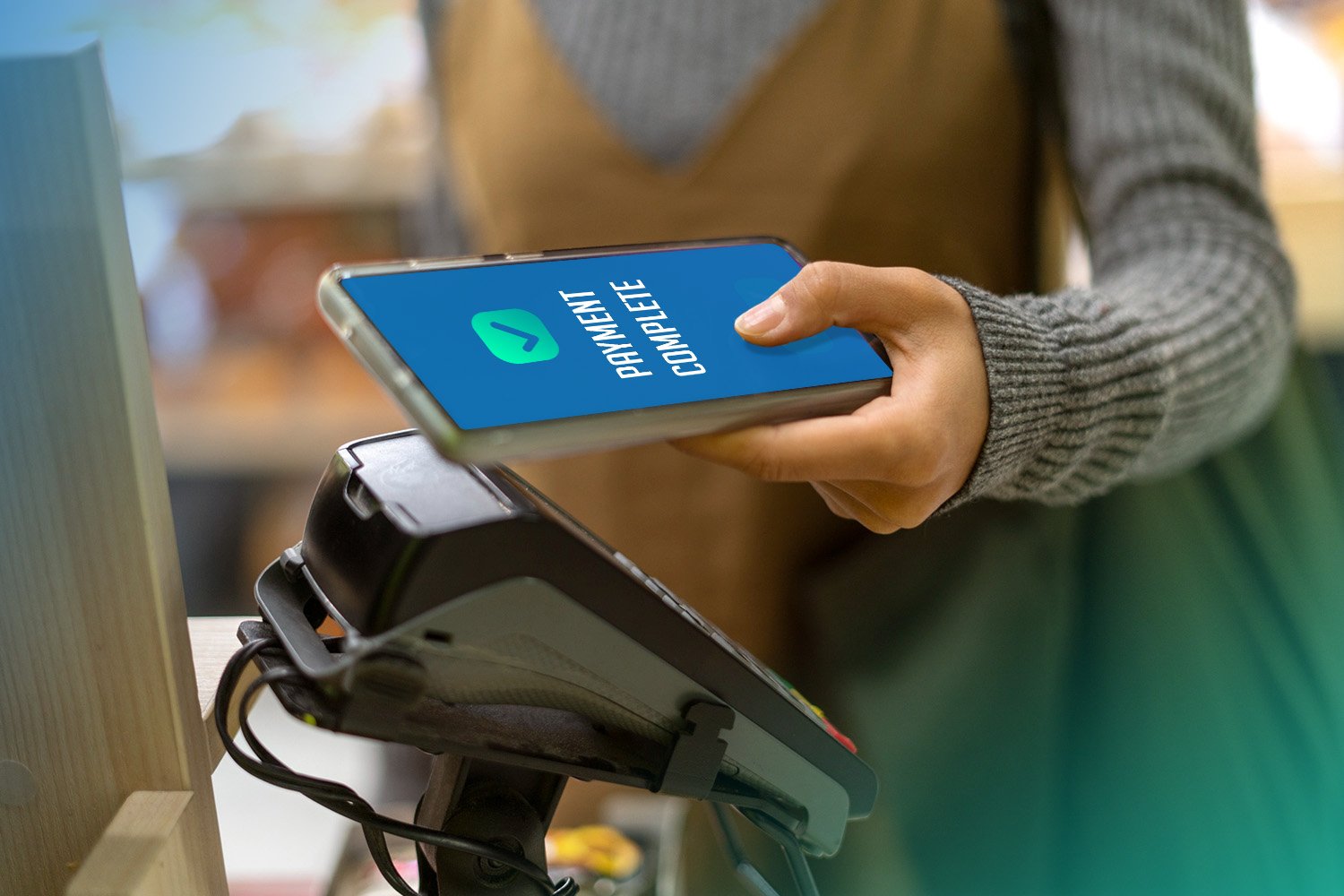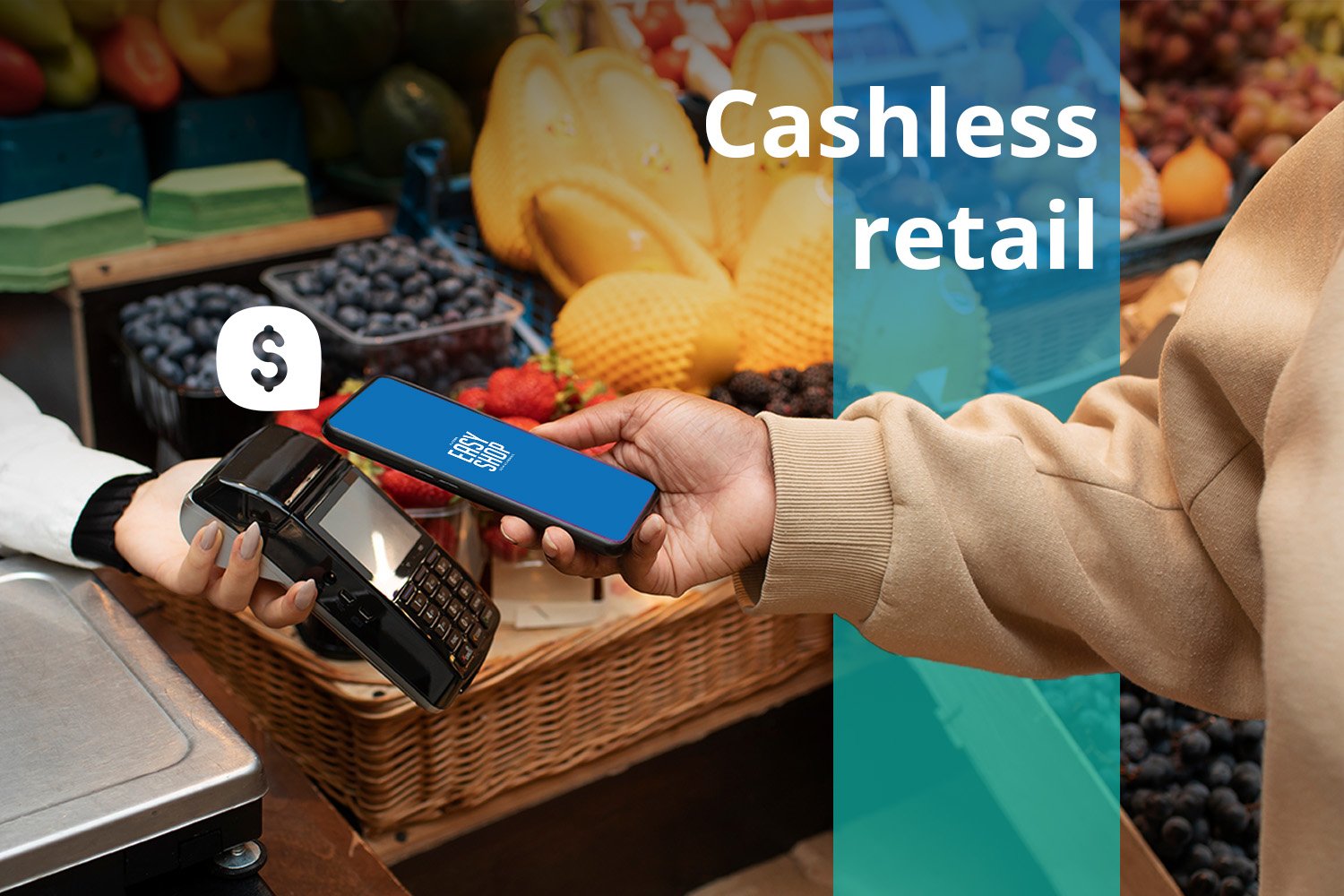Are self-scanning users different from non-users?
Self-scanning is a self-service technology that is rapidly growing in popularity. Compared to other self-service alternatives, such as self-checkout stations and smart carts, the concept of self-scanning has faced relatively little resistance. But there seem to be an invisible wall between those who self-scan and those who do not – is there an determining factor?
The self-scanning user
What does a person who uses self-scanning look like? And more interestingly, what does their purchasing pattern reveal? The self-scanning demographic is actually quite broad: both older and younger generations have embraced the technology, though perhaps in slightly different ways. Older shoppers often prefer hand-held dedicated self-scanning devices, while many younger shoppers favor using their smartphones for self-scanning. These preferences can also vary based on other factors, such as basket size.
There are many examples like this, whether based on gender, age, location, or other factors. But when looking at the bigger picture, one thing is clear: everyone is a potential self-scanner.
Self-scanning users are not a homogeneous group. In our article, “From Discount Enthusiasts to Efficiency Seekers – Meet the Different Types of Self-Scanning Users,” we explore various shopper types and provide a generalized overview of their consumer behavior and motivations for using self-scanning. Read the article about the different type of self-scanning users here.
Perhaps the most interesting part of a self-scanning shopper is their motivation: what made them choose to pick up the self-scanning device and start scanning themselves? There are several driving forces, we will explain a few of them below.
Motivations to use self-scanning
As we have seen, there are different types of shoppers who use self-scanning, and they share both differences and similarities in terms of basket size, consumer behavior, and product preferences. This also applies to the motivations behind using self-scanning: there are many reasons why a shopper might choose self-scanning over other alternatives, offering retailers insights into the pain points that matter most to their customers.
Convenience
One of the main reasons shoppers decide to use self-scanning is convenience. From packing shopping bags during the trip to avoiding lines and manual checkouts, convenience plays a significant role for most self-scanning users. Additionally, as various smart self-scanning software includes handy and appreciated features, the level of convenience tends to increase over time.
Speed
In today’s fast-paced world, speed has become an increasingly important factor for shoppers, regardless of basket size. Any solution that helps save valuable time is appreciated, and the “skip-the-line” benefit of self-scanning motivates many shoppers to choose this option. On the other hand, speed can also appeal to shoppers who prefer to take their time strolling through the store and completing their payment at their own pace—avoiding the stress of unpacking and re-packing at the conveyor belt. This leads to the third motivator: control.
Control
Being in control is a key factor for many shoppers and manifests in various ways. For example, self-scanning provides an instant view of scanned items, the total amount to pay, and applied discounts. This is particularly helpful for price-sensitive shoppers or those who want to ensure all discounts are correctly applied. Additionally, control extends to viewing detailed product information, such as allergen and ingredient lists, offering further benefits for customers who prioritize informed choices.
Several studies have presented other factors that greatly influence the motivation behind using self-service technologies such as self-scanning, for example attitude and perceived usefulness,
There are also other motivations for continued usage – learn more about them here!
What separates scan-and-go users from non-users?
Despite there being such a broad spectrum of self-scanning users, are there factors that separates self-scanning users from those who are non-users? Maybe!
According to a study, there was a significantly higher average consumption among scan-and-go users, compared to those who are not using this technology. This means that even though the self-scanning users might spend less time in the store, they actually tend to have a basket size of higher value.
Furthermore, the motivations for using self-scanning could also be linked to certain personality traits commonly associated with self-scanning users. However, it is challenging to determine whether self-scanning shoppers have a stronger preference for convenience, speed or control than non-users. This also goes the other way: some studies claim that the use of regular checkout improves customer loyalty to the store, but only if the self-checkout technology is not seen as rewarding as the manual checkout.
Regardless of specific traits, the self-scanning shoppers can be said to be daring enough to try new retail technology – and hopefully with a better shopping experience as a result!




